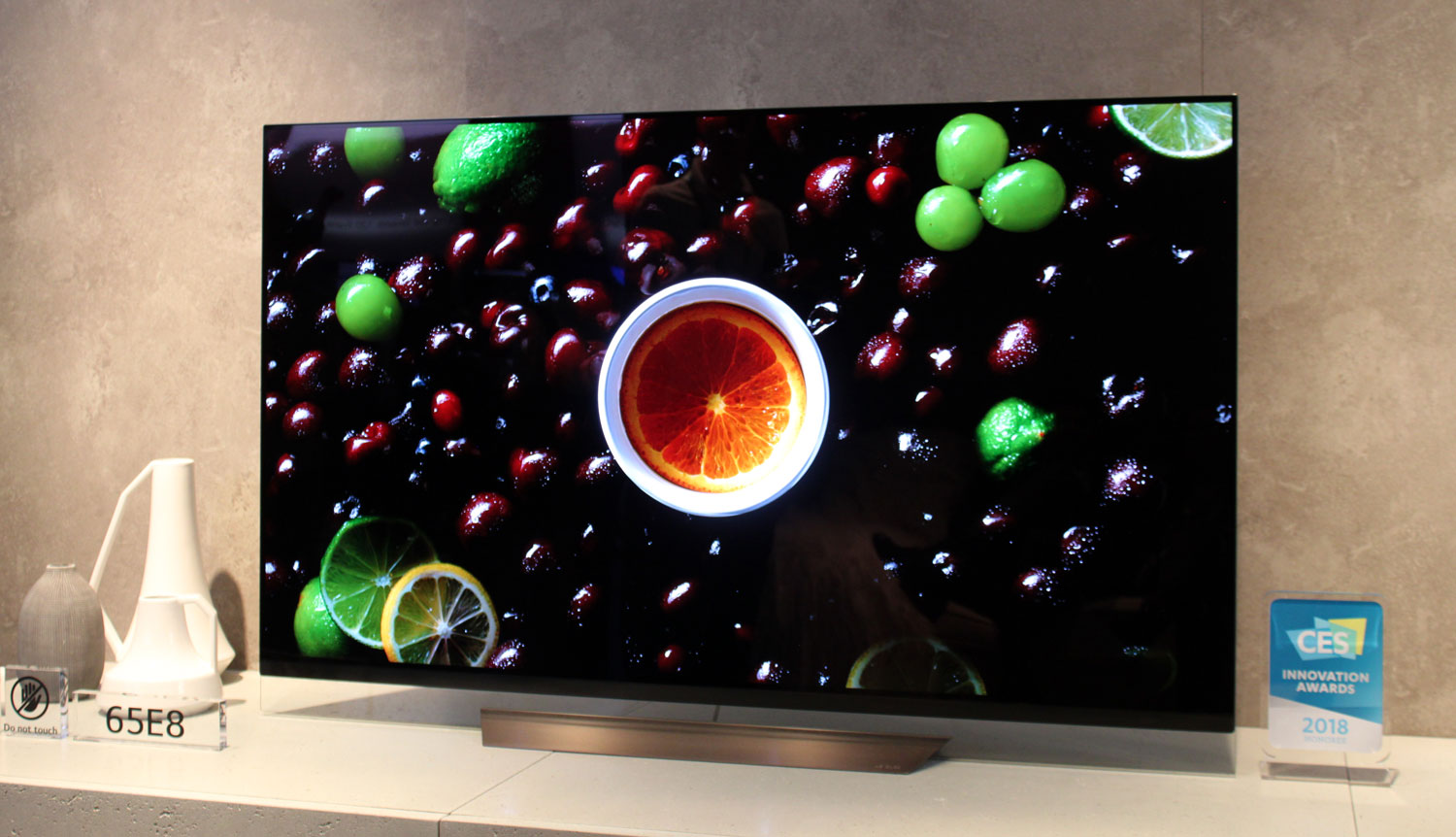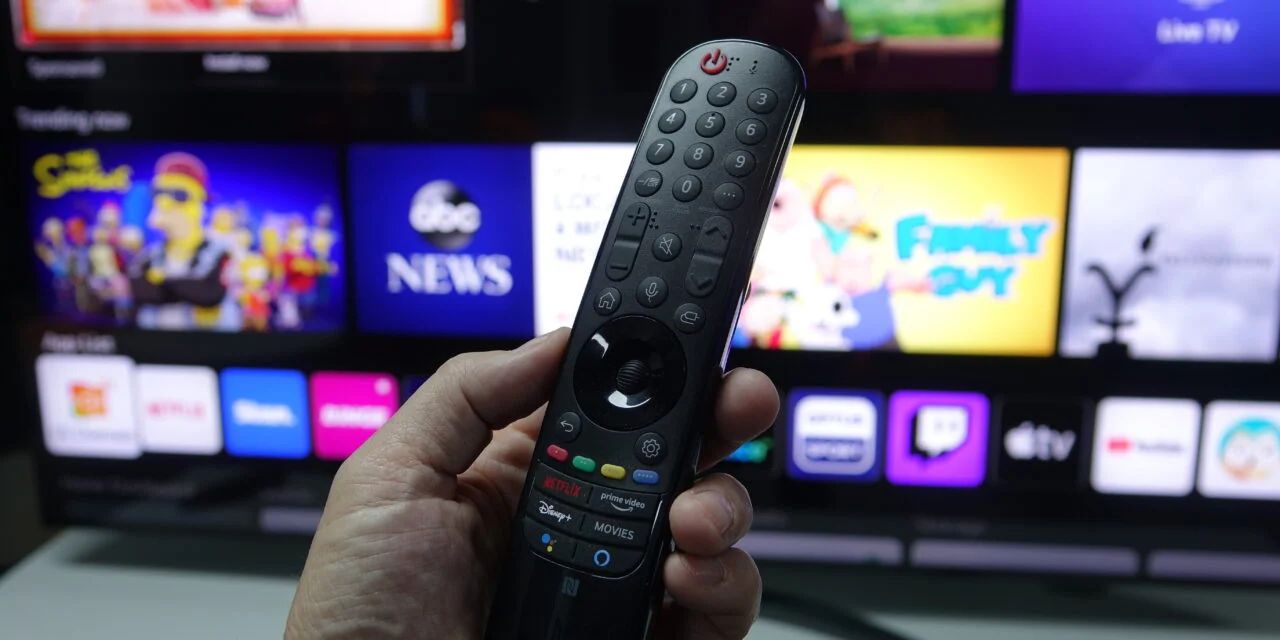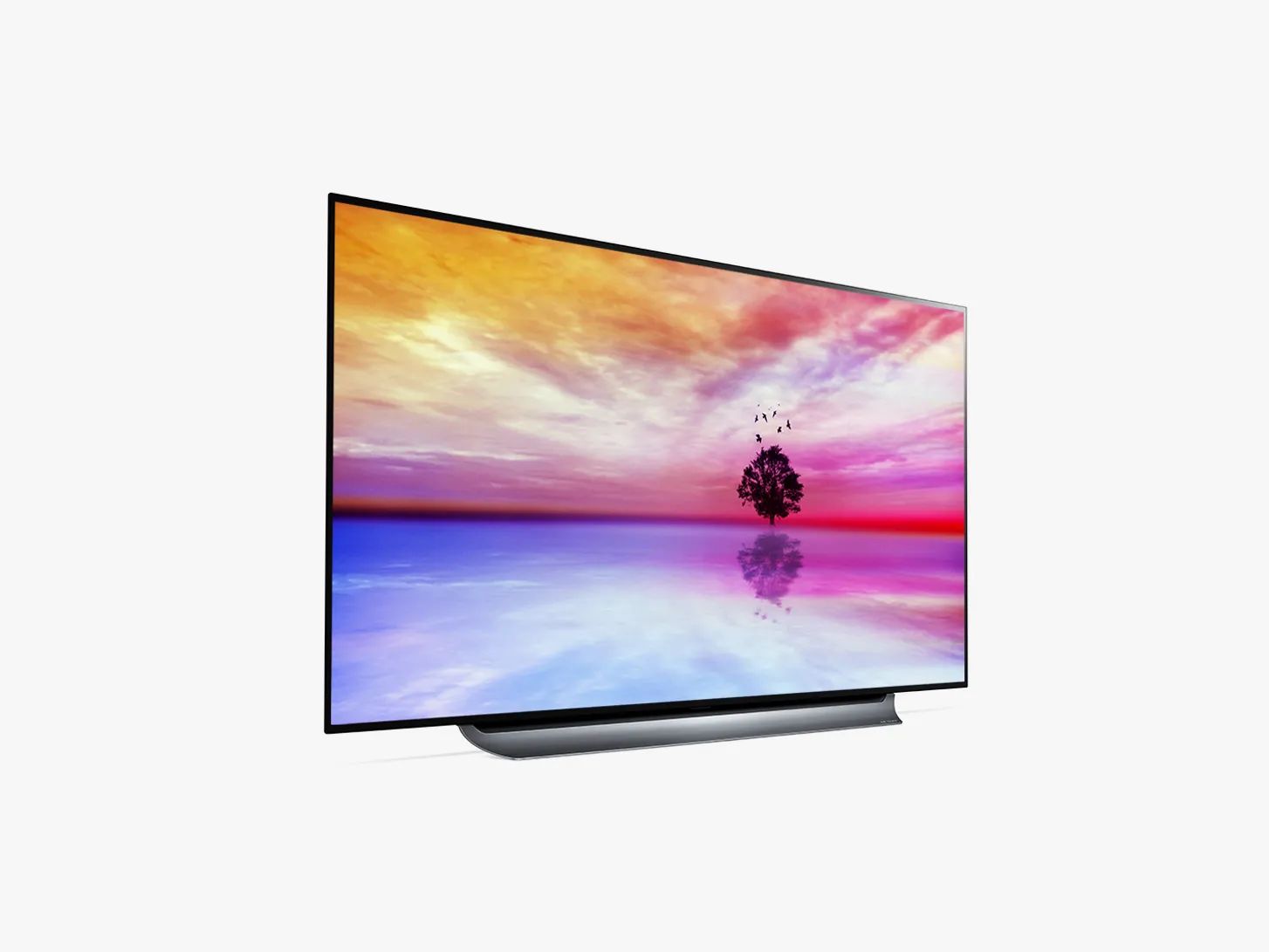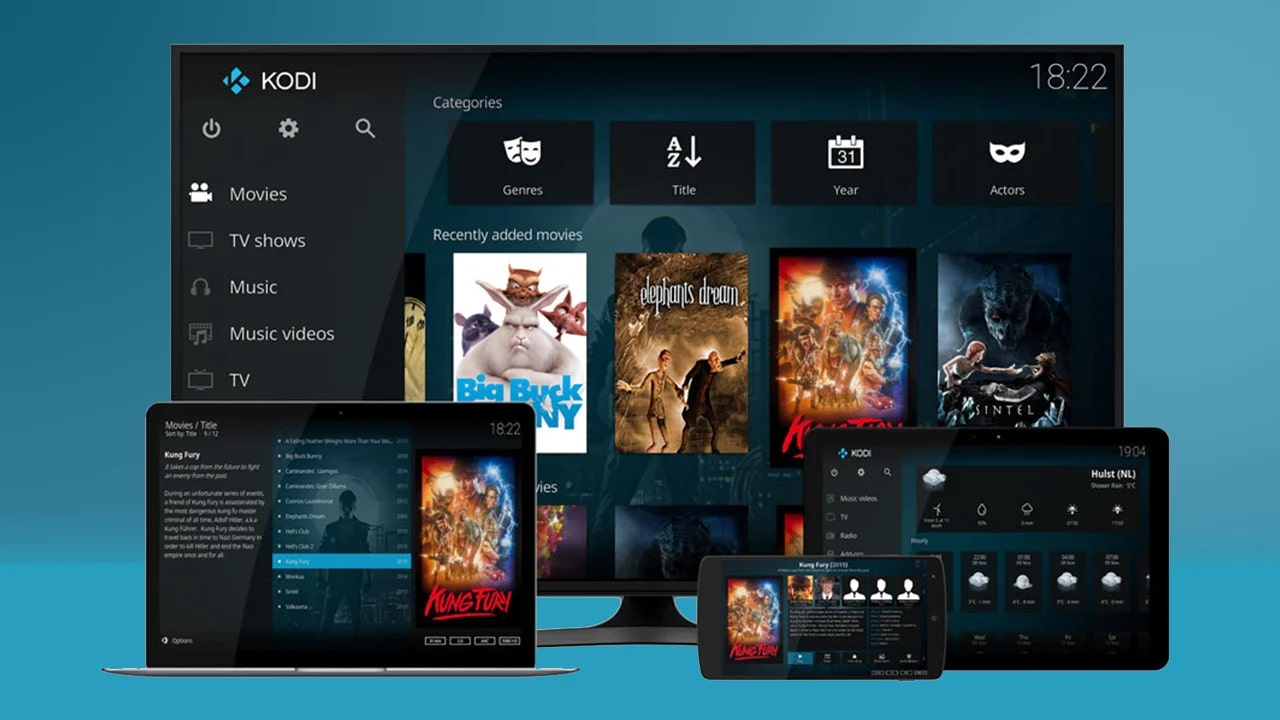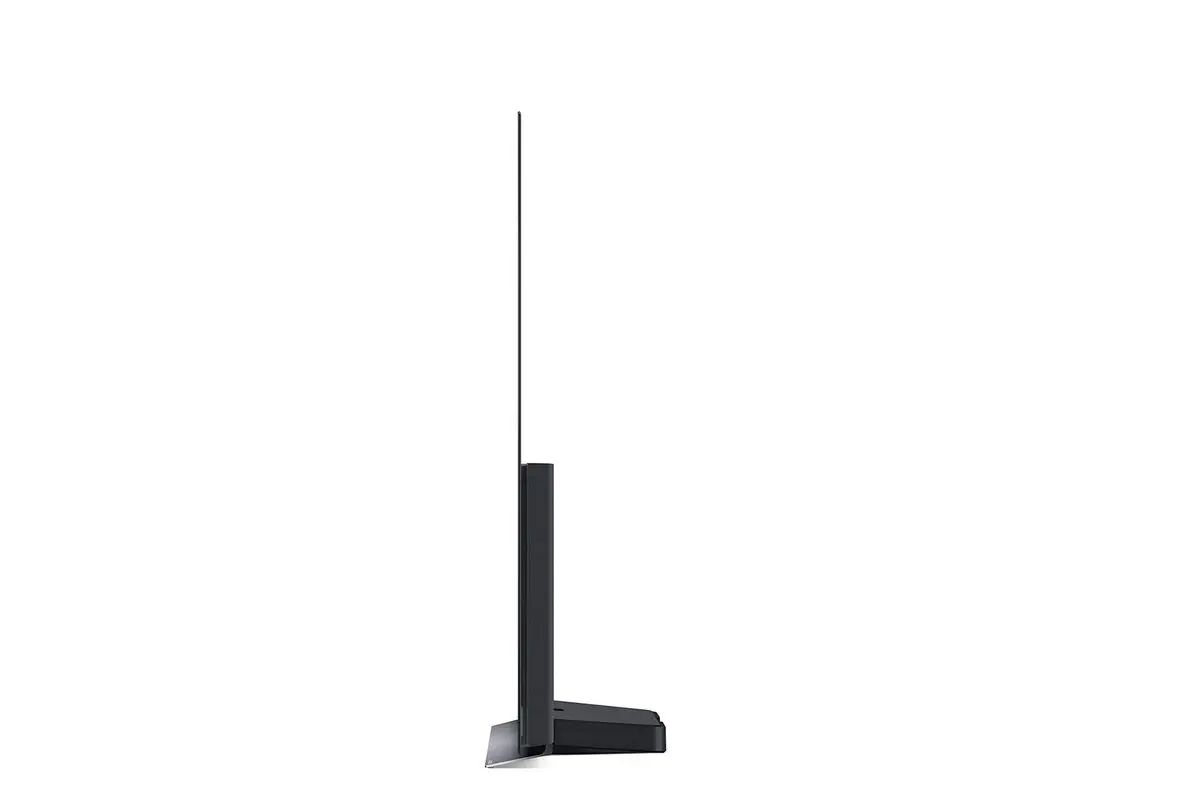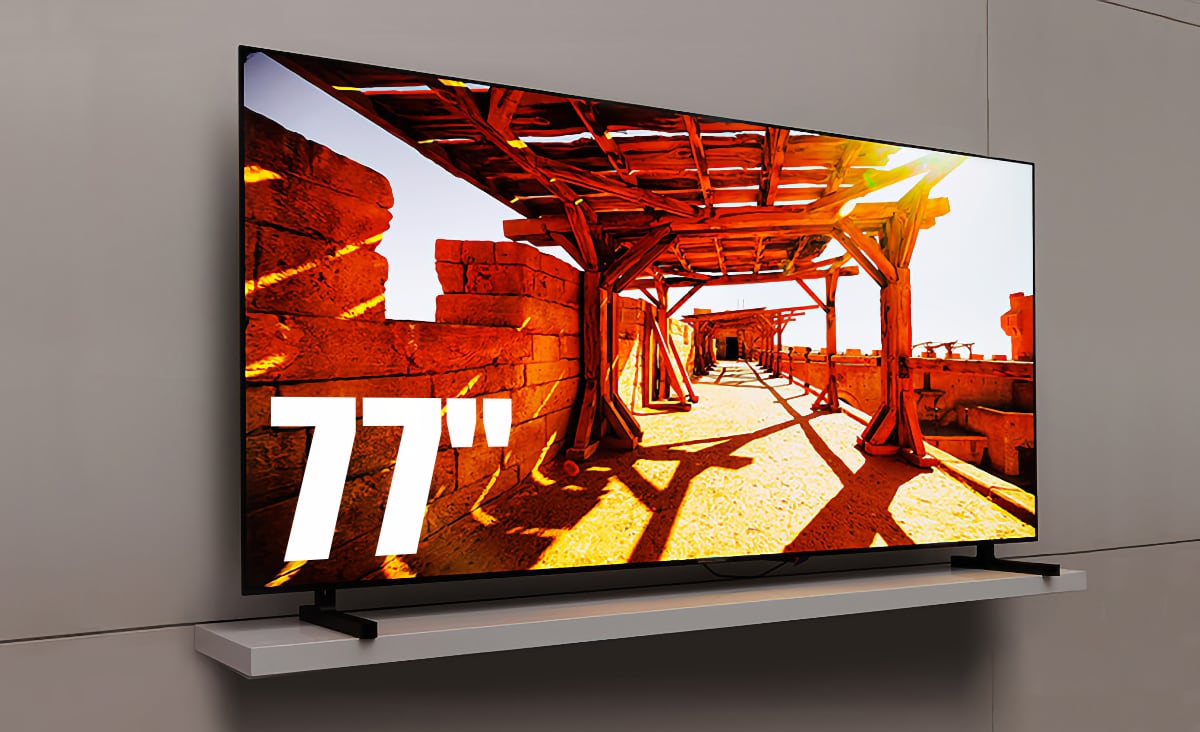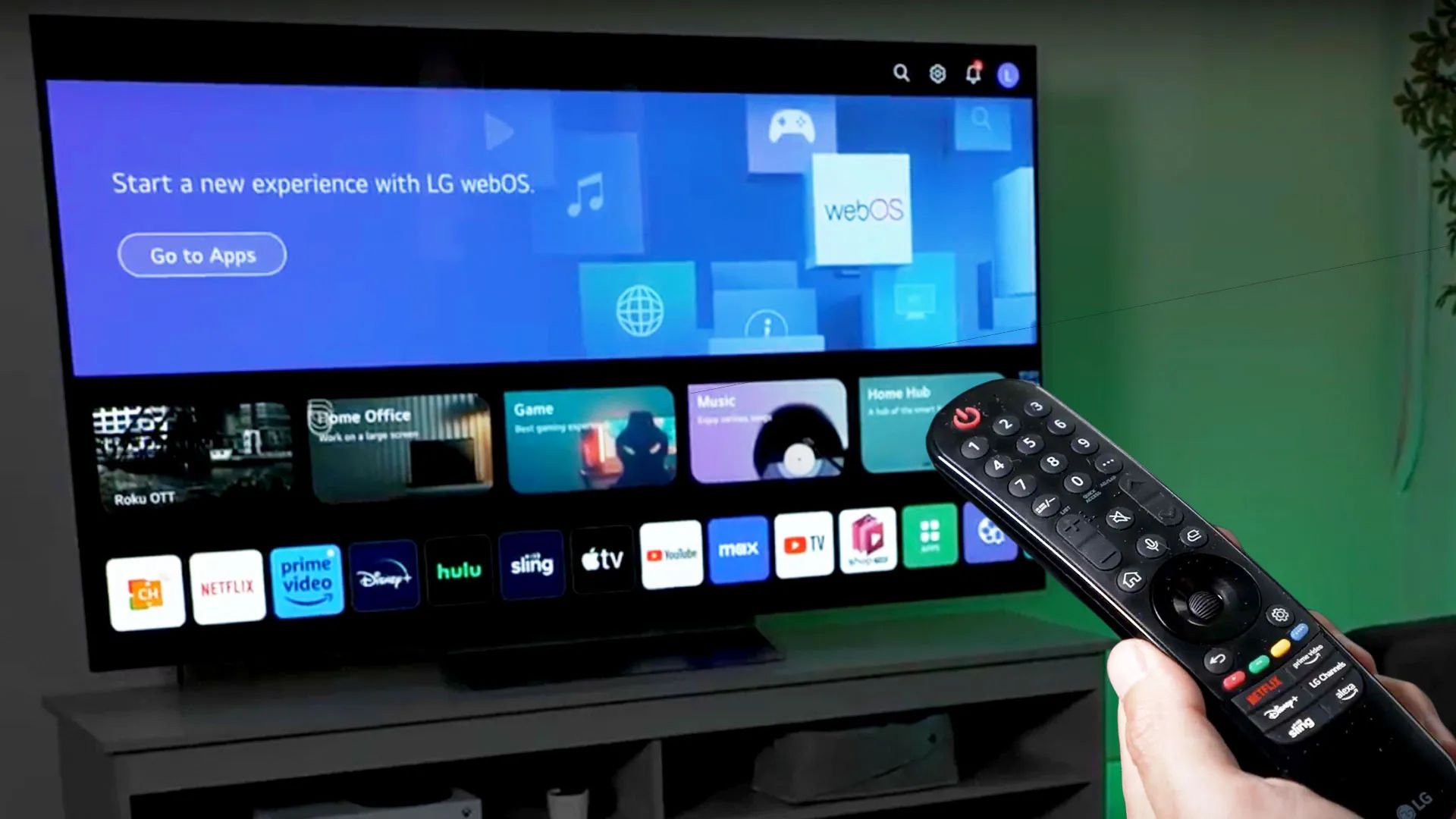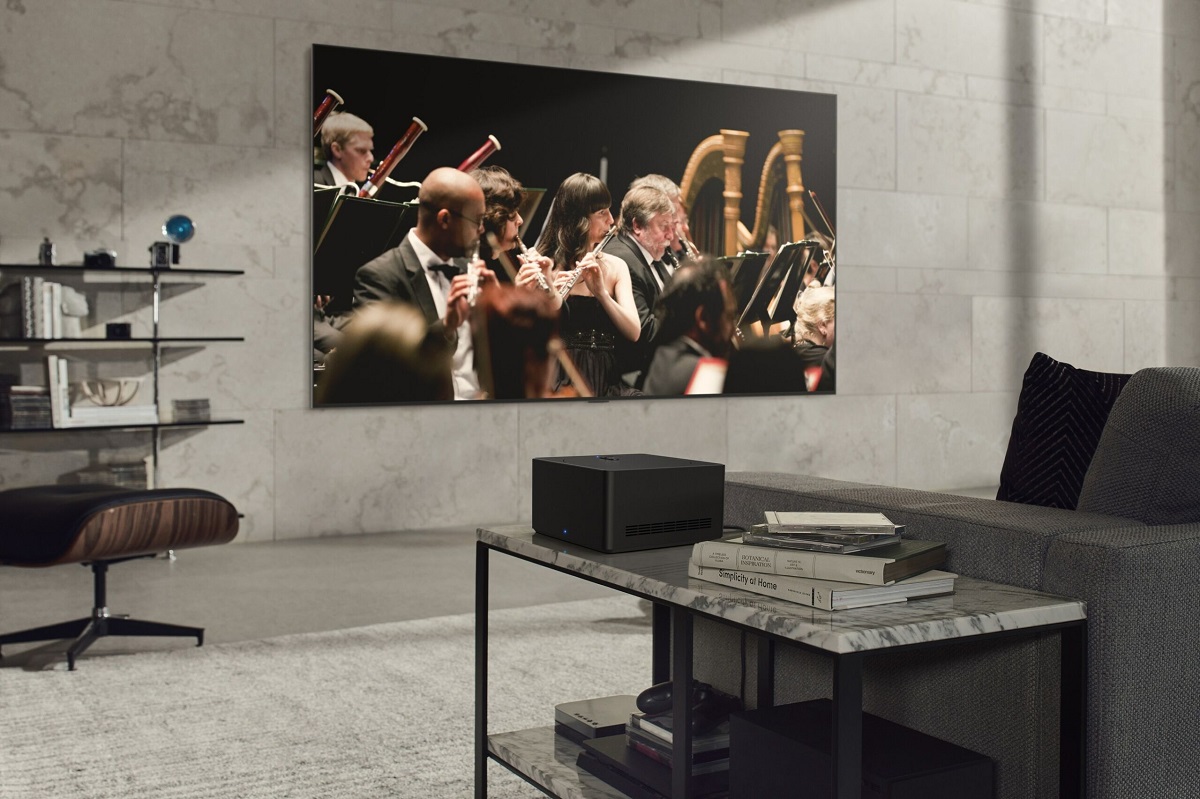Introduction
Welcome to the world of LG OLED TVs! Known for their stunning picture quality and innovative technology, LG OLED TVs have become a popular choice among television enthusiasts. As a proud owner of an LG OLED TV, you may be wondering about the lifespan of your device and how long it will continue to provide you with an exceptional viewing experience. In this article, we will explore the factors that influence the lifespan of an LG OLED TV, discuss OLED display longevity, highlight the issue of panel degradation, and provide valuable tips to help you prolong the lifespan of your precious television.
LG OLED TVs utilize organic light-emitting diodes (OLED) technology, which offers numerous advantages over traditional LED and LCD displays. With self-emitting pixels, contrast ratios that are unparalleled, and vibrant colors that pop out of the screen, OLED TVs create an immersive viewing experience like no other. Despite their cutting-edge technology, OLED displays are not immune to the passage of time and the effects of usage.
One of the primary concerns when it comes to the lifespan of LG OLED TVs is the wearing out of the OLED panels. Over time, these panels can experience a gradual decline in performance, which may manifest as image retention or burn-in. This is a normal characteristic of OLED technology, but it is important to understand how to manage and minimize these effects to ensure a longer lifespan for your LG OLED TV.
Fortunately, LG has implemented various technologies and features to mitigate the risks of panel degradation. One notable technology is the Pixel Refresher, which helps to alleviate issues related to image retention and burn-in. We will delve further into this technology and explain how it works to maintain the quality of your LG OLED TV’s display.
While LG OLED TVs are designed to provide years of enjoyment, it is important to take proactive steps to prolong their lifespan. By following some simple tips and best practices, you can ensure that your LG OLED TV continues to deliver stunning visuals and exceptional performance for many years to come.
Now, let’s explore the factors that influence the longevity of an LG OLED TV and delve into the details of OLED display lifespan and panel degradation.
Factors Affecting the Lifespan of an LG OLED TV
The lifespan of an LG OLED TV is influenced by various factors, including usage patterns, environmental conditions, and the quality of the OLED panel. Understanding these factors can help you make informed decisions and take necessary steps to prolong the lifespan of your beloved television.
Firstly, how you use your LG OLED TV plays a significant role in its longevity. If you frequently watch content with static images or logos, such as news channels or video game interfaces, it can potentially lead to image retention or burn-in. To minimize this risk, it is advisable to vary the content and avoid prolonged exposure to static images. LG’s Pixel Refresher technology, discussed later in this article, also helps mitigate these effects.
Secondly, the duration of daily usage contributes to the wear and tear of your LG OLED TV. While OLED technology is known for its durability, extended periods of usage at high brightness levels can cause the panel to degrade faster. It is recommended to adjust the brightness settings to a comfortable level and consider implementing features such as “Screen Saver” or “Auto Power Off” to reduce unnecessary screen time.
Another important factor is the environmental conditions in which your LG OLED TV is placed. Excessive heat or humidity can impact the performance and lifespan of the OLED panel. It is advisable to keep the TV in a well-ventilated area and avoid exposing it to direct sunlight. Maintaining an optimal temperature and humidity level will help ensure the longevity of your television.
The quality and manufacturing standards of the OLED panel itself also have a significant impact on the lifespan of an LG OLED TV. LG is renowned for its commitment to delivering high-quality products, and their OLED panels undergo rigorous testing and quality control processes. Investing in a reputable brand like LG ensures that you are getting a reliable and long-lasting OLED TV.
These are some of the key factors that affect the lifespan of an LG OLED TV. By being mindful of your usage patterns, optimizing environmental conditions, and choosing a reliable brand, you can maximize the longevity of your television. In the next sections, we will dive deeper into OLED display lifespan, the issue of panel degradation, and how LG’s Pixel Refresher technology helps overcome them.
OLED Display Lifespan
The lifespan of an OLED display is an important consideration when it comes to the longevity of an LG OLED TV. OLED stands for Organic Light-Emitting Diode, and unlike traditional LED or LCD displays, each pixel in an OLED panel produces its own light. This self-emitting pixel technology results in vibrant colors, deep blacks, and exceptional contrast ratios.
On average, an OLED display has a lifespan of around 100,000 hours of use. This translates to over 11 years of continuous usage if the TV is turned on for 24 hours a day. However, it’s important to note that this estimate is based on controlled laboratory testing and may vary in real-world conditions.
The lifespan of an OLED display is determined by several factors. One of the primary factors is the brightness level at which the TV is operated. Higher brightness settings will result in more energy consumption, which can lead to accelerated degradation of the OLED panel over time. It is recommended to find a comfortable brightness level that suits your viewing preferences while taking into account the potential impact on the display lifespan.
The type of content displayed on the OLED TV also influences its longevity. As mentioned earlier, continuous usage of static images or logos can result in image retention or burn-in. OLED displays are susceptible to these effects, although newer models have implemented advanced technologies to minimize their occurrence. Taking breaks between viewing sessions and varying the content can help mitigate the risk of image retention and prolong the lifespan of your OLED TV.
Furthermore, the OLED technology itself has been continually improved to enhance its durability. LG has invested in research and development to address concerns related to the lifespan of OLED displays. With advancements such as the addition of a protective layer and improved OLED materials, LG OLED TVs are built to withstand prolonged usage and offer an extended lifespan compared to earlier generations.
It’s important to note that the lifespan of an OLED display does not mean that it suddenly stops working after a certain number of hours. Instead, it refers to the estimated time until the display dims to a certain level where the picture quality may no longer meet the desired standards. Even after reaching this point, the TV will still continue to function and provide a picture, although it may not be as vibrant or bright as before.
Understanding the lifespan of an OLED display can help set realistic expectations and allow you to make the most out of your LG OLED TV. In the next section, we will explore the issue of panel degradation and how it can impact the performance of your television.
OLED Panel Degradation
OLED panel degradation is a natural process that occurs over time and can affect the performance of an LG OLED TV. While OLED technology offers exceptional picture quality, it also has some inherent characteristics that may lead to gradual degradation of the display.
One common concern related to OLED panel degradation is image retention or burn-in. This occurs when static images or logos are displayed for extended periods, causing the affected pixels to age differently from the rest of the panel. Over time, this can result in faint remnants of those images being visible even when new content is displayed.
It’s important to understand that image retention and burn-in are not exclusive to LG OLED TVs but are inherent to OLED technology as a whole. LG has taken significant measures to mitigate the impact of these issues and enhance the longevity of their OLED displays.
Another factor that contributes to OLED panel degradation is the organic materials used in the display. As OLED panels emit light, the organic materials gradually deteriorate, resulting in a decline in brightness and overall picture quality over time. This gradual degradation is normal and a characteristic of OLED technology.
Fortunately, LG has implemented advanced technologies and features to counteract the effects of OLED panel degradation. One such technology is the Pixel Refresher, which can help minimize the visible signs of image retention and burn-in.
The Pixel Refresher is an automatic process that runs in the background when the TV is turned off. It analyzes the usage patterns and adjusts the pixel voltages to alleviate any image retention or burn-in effects. The Pixel Refresher also performs a more intensive compensation cycle periodically to recalibrate the OLED pixels and ensure a more uniform pixel aging process.
Additionally, LG OLED TVs come equipped with a feature known as Screen Shift. This feature slightly moves the on-screen content at regular intervals to prevent static images from being displayed continuously in the same position. Screen Shift helps distribute the wear and aging of OLED pixels more evenly, reducing the risk of image retention and burn-in.
Even with these advanced technologies in place, it is still important to be proactive in minimizing the risk of OLED panel degradation. By adjusting the TV settings to optimize brightness levels, avoiding prolonged exposure to static images or logos, and utilizing features like Screen Shift, you can help maintain the lifespan of your LG OLED TV and ensure a superior viewing experience.
In the next section, we will delve into the Pixel Refresher technology in more detail and explain how it works to preserve the quality of your LG OLED TV’s display.
Pixel Refresher Technology
Pixel Refresher is a technology developed by LG specifically for their OLED TVs to minimize the effects of OLED panel degradation, including image retention and burn-in. This innovative feature automatically analyzes the usage patterns and adjusts the pixel voltages to ensure optimal performance and maintain the longevity of your LG OLED TV’s display.
The Pixel Refresher operates in the background when the TV is turned off. It starts by identifying any static images or areas of the screen that have been displayed for extended periods. These areas may be more susceptible to image retention or burn-in due to uneven pixel aging.
Once the analysis is complete, the Pixel Refresher algorithm kicks in and performs a series of operations to balance the voltages across the OLED pixels. This process helps equalize the wear and aging of the OLED panel, minimizing the visibility of any retained images or burn-in effects.
In addition to the regular pixel voltage adjustment, the Pixel Refresher also performs a more intensive compensation cycle periodically. This recalibration process further reduces the risk of visible image retention or burn-in by compensating for any subtle variations in pixel aging.
It’s important to note that the Pixel Refresher is an automated process that does not require any manual intervention. When the TV is turned off, the Pixel Refresher will run automatically according to LG’s recommended schedule, typically after every four hours of TV usage.
It is worth mentioning that the Pixel Refresher may cause temporary visual effects on the screen during the recalibration process. These effects include brief changes in brightness or color uniformity, which are part of the normal operation of the technology. These visual effects should disappear once the Pixel Refresher completes its cycle, and the TV resumes normal usage.
LG’s Pixel Refresher technology is a testament to their commitment to continuously improving the lifespan and performance of their OLED TVs. By implementing this advanced feature, LG ensures that their OLED displays maintain their exceptional picture quality over a longer period, even in the presence of potential image retention or burn-in issues specific to OLED technology.
With the Pixel Refresher working diligently behind the scenes to address OLED panel degradation, you can enjoy uninterrupted and stunning visuals on your LG OLED TV for years to come.
In the next section, we will provide you with valuable tips to help you prolong the lifespan of your LG OLED TV.
Tips to Prolong the Lifespan of Your LG OLED TV
To ensure a long and healthy lifespan for your LG OLED TV, here are some valuable tips to consider:
- Adjust the brightness settings: OLED panels can experience quicker degradation when operated at high brightness levels. Find a comfortable brightness setting that suits your viewing preferences while keeping the overall brightness at a moderate level.
- Vary the content: Avoid prolonged exposure to static images or logos. Continuous display of static content can increase the risk of image retention or burn-in. Make sure to vary the content you watch to distribute the wear and aging of pixels more evenly across the display.
- Take breaks and turn off the TV: Giving your LG OLED TV periodic breaks can help prevent excessive usage and allow the panel to rest. Consider turning off the TV when it’s not in use to minimize overall screen time.
- Utilize the screen saver feature: Most LG OLED TVs come with a screen saver feature. Enable this feature to activate after a specific period of inactivity. Screen savers help prevent the prolonged display of static content when you’re not actively watching.
- Implement the pixel refresher functionality: Let the Pixel Refresher technology built into your LG OLED TV do its job. It automatically runs in the background when the TV is turned off, ensuring optimal performance and minimizing image retention or burn-in effects.
- Avoid exposure to extreme heat or humidity: Keep your LG OLED TV in a well-ventilated area and protect it from direct sunlight or excessive heat. High temperatures and humidity can affect the performance and longevity of the OLED panel.
- Perform regular software updates: Check for and install software updates for your LG OLED TV. These updates often include improvements and bug fixes that can enhance the overall performance and lifespan of your television.
- Follow the manufacturer’s guidelines: Refer to the user manual provided by LG for any specific recommendations or guidelines regarding the usage, maintenance, and care of your LG OLED TV. Following the manufacturer’s instructions will help ensure the longevity of your television.
By implementing these tips and best practices, you can significantly prolong the lifespan of your LG OLED TV and continue to enjoy its outstanding picture quality for years to come.
Now that you are equipped with the knowledge to take care of your LG OLED TV, let’s recap the key points we have discussed so far.
Conclusion
In conclusion, the lifespan of an LG OLED TV is influenced by various factors. While OLED technology offers unparalleled picture quality, it is important to understand the potential challenges that come with it, such as image retention and panel degradation. However, LG has developed innovative solutions like the Pixel Refresher technology to mitigate these issues and ensure a longer lifespan for their OLED TVs.
By following some simple tips and best practices, you can further enhance the lifespan of your LG OLED TV. Adjusting the brightness settings, varying the content you watch, taking breaks, and utilizing features like screen savers and the pixel refresher functionality can all contribute to maintaining the quality and longevity of your television.
Additionally, it is crucial to consider the environmental conditions in which your TV is placed. Keeping it away from extreme heat, humidity, and direct sunlight will help protect the OLED panel and prolong its lifespan.
Furthermore, investing in a reputable brand like LG ensures that you are getting a high-quality OLED TV with advanced technologies and built-in features designed to preserve the lifespan of the display.
In summary, understanding the factors that affect the lifespan of an LG OLED TV, such as OLED display longevity, panel degradation, and the availability of technologies like the Pixel Refresher, empowers you to make informed decisions and take proper care of your television. By implementing the tips provided in this article and following the manufacturer’s guidelines, you can maximize the lifespan of your LG OLED TV and enjoy its impressive picture quality for many years to come.
We hope this article has equipped you with the knowledge and tools to prolong the lifespan of your LG OLED TV and continue to experience the captivating world of OLED technology.







